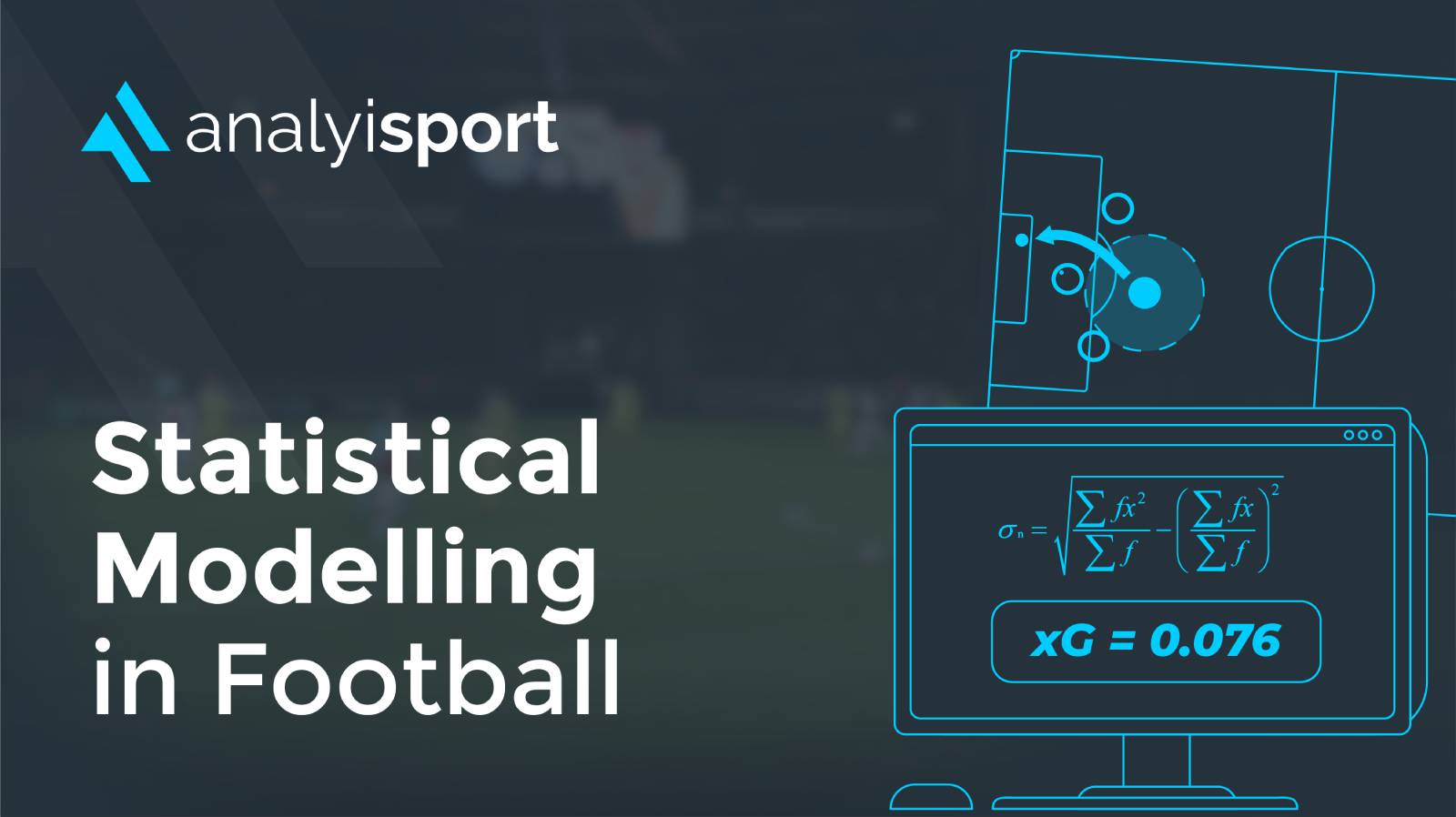How Much Data Should You Present to Coaches and Players?
A huge amount of data is now collected during football matches and training sessions. The technology used to gather the data, from GPS vests to drones, continues to improve, and more sophisticated metrics continue to be developed to make sense of the game. StatsBomb, one of the leading providers of football data, currently records over 3,400 events per match. This all means that the modern analyst has a vast amount of information to work with.
To make the data as useful as possible for the coaching staff and players, an analyst needs to be very selective about what they present.
In our recent webinar, we spoke with Matteo Camoni, who’s worked as an analyst for Brescia and Lecce in Italian football. He told us it’s important to have different levels of communication when it comes to presenting data. An analyst doesn’t need to share every piece of data with everybody at the club.
From all of the relevant data he has available, Camoni chooses about 50% to share with the coach. From that 50%, the coach, sometimes with Camoni’s help, will then select just 20% or even 10% of the data to show to the players.
These are the percentages that have worked for Camoni. Different percentages will suit different clubs. This will mostly depend on the preferences of the coaching staff and how engaged they are with data analysis. Some coaches embrace it, others can be more reluctant. Another important factor is how much time there is available in the players’ schedule. During busy periods of the season, an analyst has to be especially selective about what information they want to communicate.
Coaches haven’t got the time to wade through all of the available data, they have other things they need to focus on. Nor do they necessarily have the expertise to interpret the data correctly themselves and understand exactly what is shown by the metrics. What they need is an analyst who they can trust to present them with the information that is most relevant to their needs. To do this, the analyst has to understand the philosophy the coach wants to implement and then find the data that will help them achieve their desired outcome.
Coaches want data they can use, presented in a way they can quickly understand.
When deciding exactly what to show to the players, it’s the coach who’s in charge. Even if they ask the analyst for their input, at the end of the day the coach gets the final say. They will have many factors to consider when selecting what data to share with the players. When a club is going through a difficult period, Camoni said, the coach may choose to show only positive data to the team in order to give them a psychological boost. Any relevant negative data that the analyst shared with the coach is filtered out. It might have helped the coach to see that data, but they’ve decided it’s not going to help the players in this situation.
When choosing what to show the players, it’s important to get to the key points and not overload them with too much information. There might be some players in the dressing room who are particularly interested in analysis, but some of them won’t be too keen on it, at least at first. Even if the team is responsive, none of them want to spend all their time watching presentations or looking at visuals. “The team, especially here in Italy, don’t like to have long meetings,” Camoni said. “They like to be on the pitch!”
The amount of data in football is huge and it’s continuing to increase. Much of this data will never be seen by the players, because of the work that analysts do. It might be 10% that makes it through, it might be more, or it might be less. That will depend on factors outside the analyst’s control. But whatever the percentage, the analyst needs to have the expertise to extract the details that are most relevant from the data. That is why, for Camoni, the most important skill for an analyst is to be able to choose well.
Related Courses:

- Level 2
- Module
Level 2: Introduction to Statistical Analysis in Football
£30.00

- Level 2
- Module
Level 2 in Statistical Modelling in Football
£30.00
Share this article
Our Learning Pathways
AnalyiSport is for everyone who is passionate about analysis in football. Where are you in your development journey?
Become a Football Scout
As more clubs than ever look to build data into their recruitment process, an understanding of recruitment analysis is your ticket to success in the game.
Related Articles
Our team provides news and insights from the cutting edge of football analysis.





